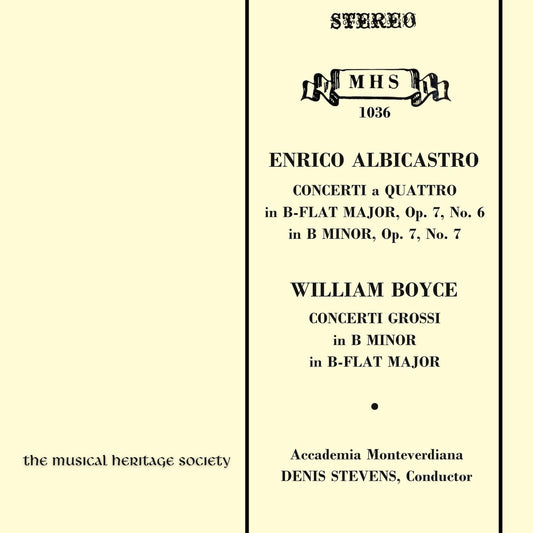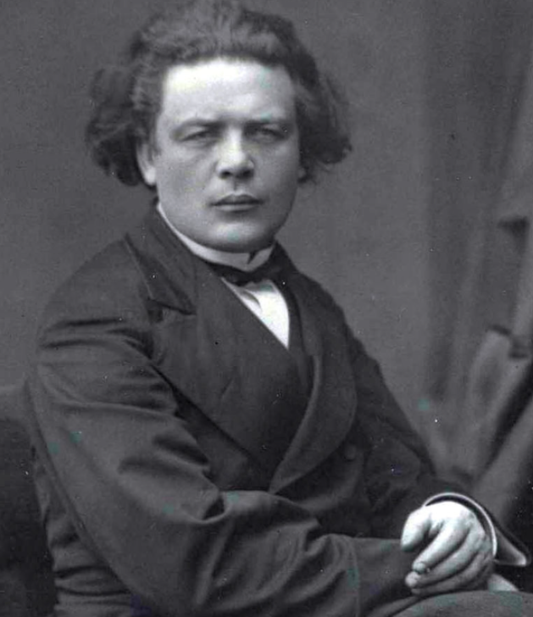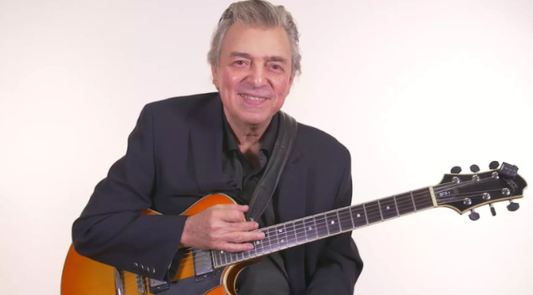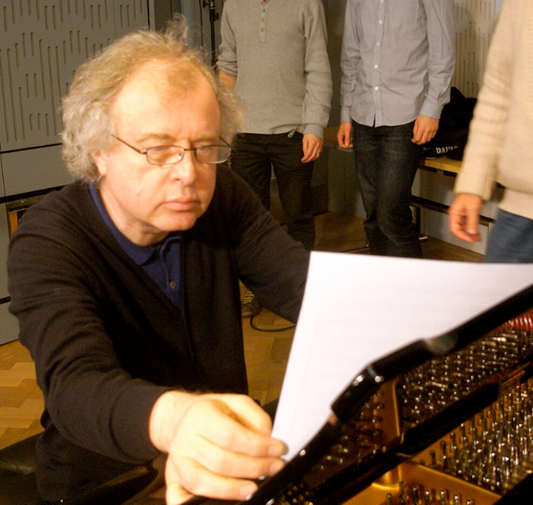Collection: ENRICO ALBICASTRO (c. 1660s – c. 1730)
Enrico Albicastro (c. 1660s – c. 1730) stands as a fascinating, albeit somewhat enigmatic, figure in the landscape of Late Baroque music. Primarily known for his elegant and well-crafted instrumental works, particularly trio sonatas and concerti grossi, his life presents a curious blend of artistic creation and military service, set against a backdrop of geographical ambiguity. While his adopted name sounds distinctly Italian, suggesting artistic lineage tracing back to the peninsula, much of his documented life and musical output unfolded in the Netherlands.
The exact origins of Albicastro remain shrouded in mystery. His birth name was likely Johann Heinrich von Weissenburg (or variants thereof), pointing towards a possible German or Swiss background, perhaps near Weissenburg in Bavaria or Wissembourg in Alsace. The Italianized pseudonym "Enrico Albicastro" – literally "Henry Whitecastle" – was likely adopted for professional reasons, capitalizing on the prestige associated with Italian musicians during the Baroque era. The honorific "Don," sometimes preceding his name, further hints at noble aspirations or origins, though concrete proof is lacking. It is speculated he may have received musical training in Italy, given the clear influence of Arcangelo Corelli discernible in his compositions.
Albicastro emerges more clearly in historical records around 1686 when he is documented in Leiden, in the Dutch Republic. He appears to have associated with the university circles there, though likely not in a formal academic capacity. It was during his time in the Low Countries that his primary musical legacy was forged. Between roughly 1701 and 1706, the renowned Amsterdam publisher Estienne Roger issued several collections of Albicastro's instrumental music, comprising twelve works each in Opp. 1, 2, 4, 5, 7, and 9.
These published collections showcase Albicastro's considerable skill as a composer. His Op. 1, 4, 5, and 9 are sets of trio sonatas (mostly sonate da chiesa – church sonatas – with some da camera – chamber sonatas), a genre perfected by Corelli. Albicastro’s contributions are marked by expressive slow movements, vigorous fugal writing in the faster movements, idiomatic handling of the string instruments (particularly the violin), and a solid command of counterpoint and harmony. His Op. 7 is a collection of twelve Concerti a Quattro (Concertos for Four Parts), effectively early concerti grossi, again bearing comparison to Corelli's groundbreaking Op. 6 concertos in their interplay between soloists (concertino) and the larger ensemble (ripieno). His Op. 2 contains solo violin sonatas with continuo, demonstrating his understanding of violin technique.
Intriguingly, Albicastro’s musical activities ran parallel to a military career. During the War of the Spanish Succession (1701–1714), he served as a cavalry captain ("Rittmeister") in the armies of the Dutch Republic. This dual identity as both musician and soldier was unusual, though not entirely unprecedented. It's possible his military service provided financial stability or fulfilled perceived obligations related to his potential noble background. However, it may have also limited the time and energy he could dedicate solely to composition and musical promotion, potentially contributing to his relative obscurity compared to contemporaries like Vivaldi or Handel.
Details about Albicastro's later life are as scarce as those about his youth. After his period of publication activity ceased around 1706, he seems to fade from the prominent musical scene. There is evidence suggesting he continued his military service and may have settled in Maastricht later in life. His death date is generally estimated to be around 1730, though the exact circumstances remain unknown.
Despite the biographical uncertainties, Enrico Albicastro's surviving music secures his place as a significant minor master of the Late Baroque. His compositions, while clearly indebted to the prevailing Italian style exemplified by Corelli, possess their own distinct character – a blend of melodic grace, contrapuntal rigor, and harmonic warmth.
Rediscovered and increasingly performed and recorded in modern times, his works offer valuable insights into the cosmopolitan musical world of the turn of the 18th century and stand as testament to a composer whose life, split between the discipline of the military and the art of music, remains as compelling as his polished scores.




